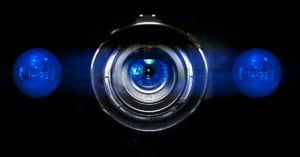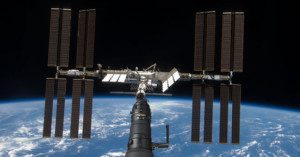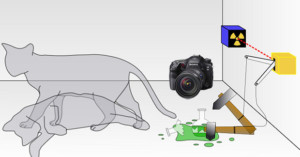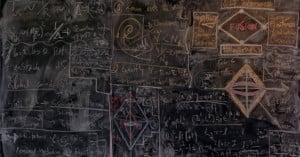
Matter Deconstructed: The Observer Effect and Photography
Photographs are omnipresent in our daily lives. From social media and advertising to family photos hanging on your wall. Images are used for identification and as evidence, as well as informing us at a cultural level about who we are.


